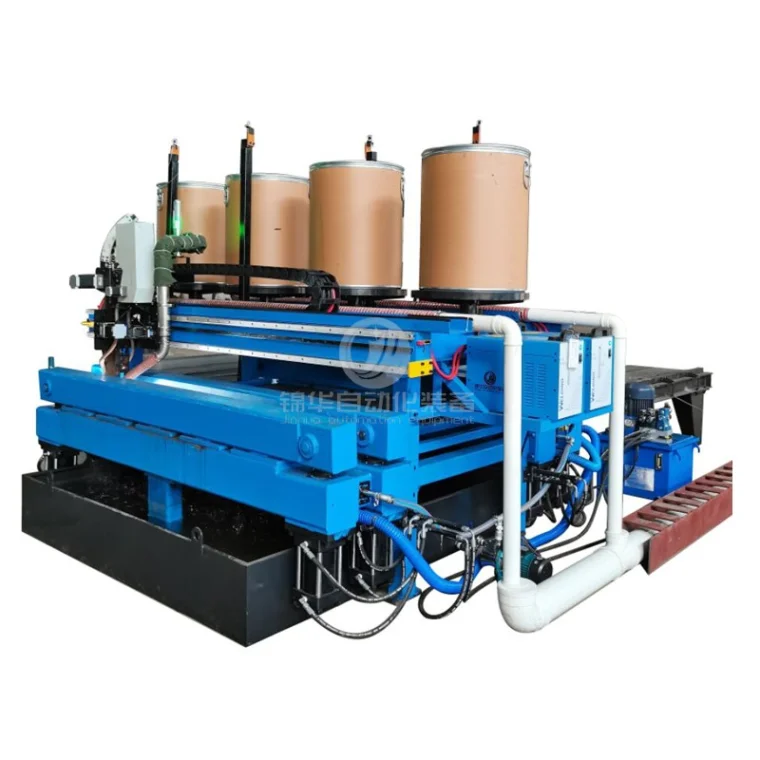Understanding Chop Saw Kickback: Causes, Prevention, and Solutions for Safer Cutting
3 min readWhen working with a chop saw, one of the most alarming experiences can be the sudden kickback of the material being cut. This phenomenon not only disrupts the workflow but can also pose serious safety risks. Understanding why your chop saw kicks back is crucial for both effective operation and personal safety. In this article, we will delve into the mechanics of kickback, its causes, and practical solutions to mitigate this issue.
What is Kickback?
Kickback occurs when the material being cut is suddenly propelled back towards the operator. This can happen with various types of saws, but chop saws are particularly susceptible due to their design and the nature of the cutting process. Kickback can lead to loss of control, resulting in potential injuries or damage to the workpiece.
Common Causes of Kickback
- Improper Material Support: One of the primary reasons for kickback is inadequate support of the material being cut. If the workpiece is not securely held or is allowed to shift during the cutting process, it can bind against the blade, causing it to kick back.
- Dull or Damaged Blades: A blade that is dull or has damaged teeth can create excessive friction, leading to binding. This binding can cause the blade to stall momentarily, only to suddenly release and propel the material back towards the operator.
- Incorrect Cutting Technique: The way in which the cut is approached can significantly impact the likelihood of kickback. For instance, pushing the material too aggressively or at an improper angle can lead to binding and subsequent kickback.
- Material Characteristics: The type of material being cut also plays a role. Some materials, particularly those that are warped, twisted, or have irregular shapes, can bind more easily against the blade, increasing the risk of kickback.
- Inadequate Blade Guarding: A malfunctioning or improperly adjusted blade guard can expose the blade unnecessarily, increasing the risk of kickback and injury.
Prevention Strategies
- Ensure Proper Material Support: Always use clamps or supports to secure the workpiece. This will help prevent movement during cutting and reduce the risk of binding.
- Maintain Your Blades: Regularly inspect and maintain your blades. Replace dull or damaged blades promptly to ensure smooth cutting and minimize friction.
- Adopt Correct Cutting Techniques: Familiarize yourself with proper cutting techniques. Always approach the cut with a steady, controlled motion and avoid forcing the material through the blade.
- Choose the Right Material: When possible, select materials that are straight and free of defects. If you must work with warped or irregular materials, take extra precautions to secure them properly.
- Check Blade Guard Functionality: Regularly inspect the blade guard to ensure it is functioning correctly. Adjust or replace it as necessary to provide adequate protection.
Conclusion
Understanding the reasons behind chop saw kickback is essential for anyone who regularly uses this powerful tool. By recognizing the common causes and implementing effective prevention strategies, you can significantly reduce the risk of kickback and enhance your safety while working. Always prioritize safety by maintaining your equipment, employing proper techniques, and ensuring that your workspace is organized and secure. Remember, a little diligence can go a long way in preventing accidents and ensuring a smooth, efficient cutting experience.



